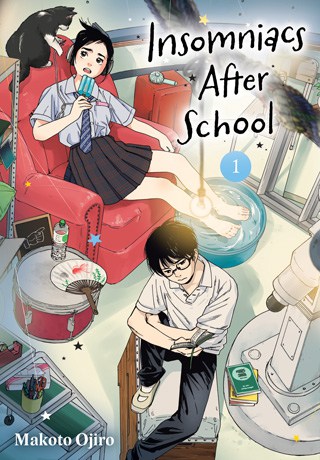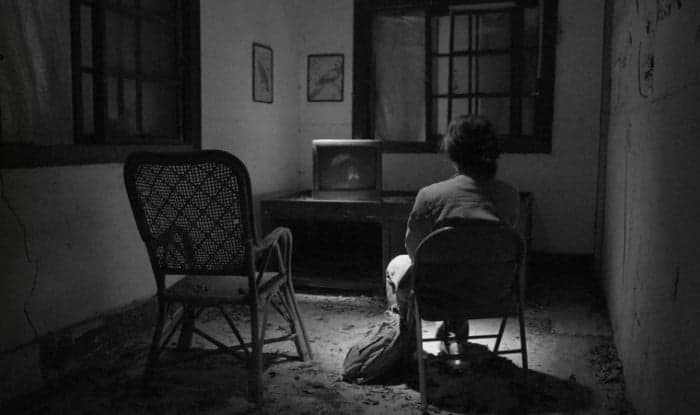“Dark rumors about what befell the members of the astronomy club keep people away from the school observatory, and that's what makes it the perfect sanctuary for Nakami and Magari to get some much-needed rest. Unfortunately, the school faculty can't allow its unsanctioned use. But if there were a new astronomy club, maybe these two insomniacs could have a place to call home!” (Viz Media)

Capturing the malaise of insomnia, Makoto Ojiro's “insomniacs After School” transfers the listlessness of both stumbling through one's informative years and sleeplessness into a charming slice-of-life romance. Furthermore, after winning the Mando Kobayashi Manga Grand Prix 2023 and with an upcoming anime adaptation, the series is perfectly poised to be one of the breakaway titles of spring 2023.
In many ways, the title presents a typical love story in the manga format, with two students finding they have a commonality that instantly draws a connection while reservations about admitting the connection get caught up in the inherent awkwardness of that first relationship. Yet, the writing of Makoto Ojiro is sincere in her approach to the subject matter which creates that instant connection that is needed in a romance manga. Essentially, “Insomniacs After School,” does little to shake off familiar tropes, but it is exemplary of the stories that can emerge from the romance genre.
The artistic direction is integral in creating the atmosphere and vibe of the story, with an abundance of detail put into the environment and the characters. Creating their own little paradise to escape insomnia would not be nearly as impactful if not for Makoto Ojiro's attention to detail and understanding of the importance of the observatory to the characters. Furthermore, the students themselves are expressive with defined mannerisms, which adds to the charm of them slowly lowering their barriers and becoming comfortable with each other.
In her two main protagonists, Ojiro shows an understanding of the need for sleep, having the story flow towards moments of respite where the characters confide in themselves and allow to share in their vulnerability. This set-up using sleep as a catalyst to create a connection is, admittedly, a simplistic plot device, but the way Ojiro shifts into sequences is uniquely comforting. Ultimately, the story and visuals lead toward a relaxed reading that resonates with optimism and calmness.
“Insomniacs After School” is a picturesque coming-of-age romance story that works well with its simplistic yet sincere approach. It is executed with skill in both story and visuals that puts faith in Makoto Ojiro to lead the reader deeper into the story– it will be exciting to see how the series develops in her capable hands.
















